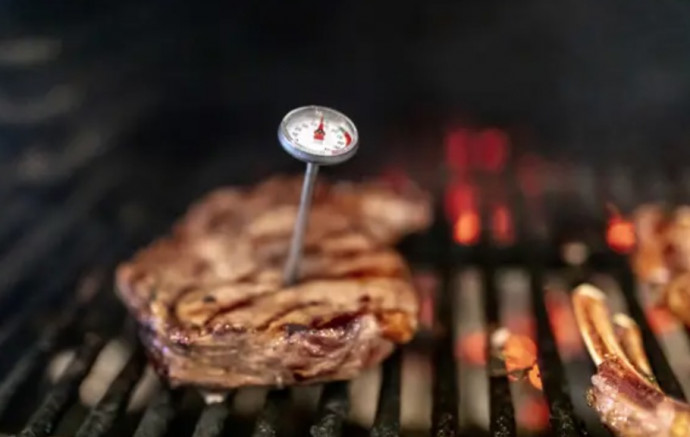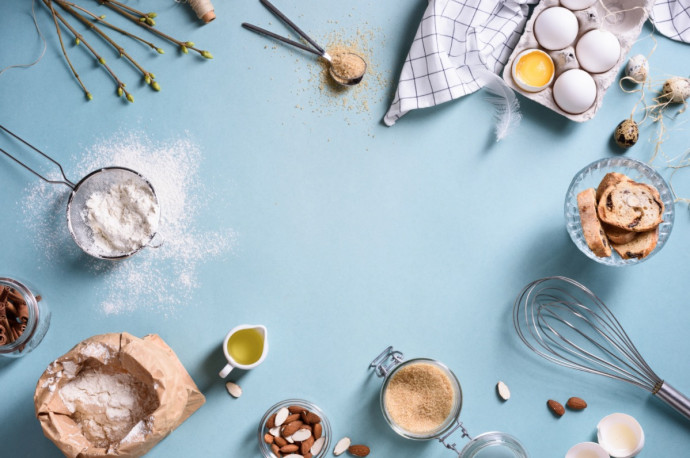“When you make a mistake, don’t look back at it long. Take the reason of the thing into your mind and then look forward. Mistakes are lessons of wisdom. The past cannot be changed. The future is yet in your power.” The creative cook can often cook her way out of a kitchen error, but the smart cook aims to prevent such creativity from being necessary. Here are 7 ways to be smarter every time. Make sure to avoid these cooking mistakes to ensure your dish is as close to perfection as possible.
1. You do not use a food thermometer to see if your meat is done.

Some tell you to listen to the meat in the pan. Others advise you to look at the color of the juices or simply use your thumb to check if a steak is done. But none of these methods are really accurate for determining if the meat is cooked to your liking. (Or if it's even cooked through, if it's poultry).
The best - and most accurate - way to cook meat perfectly is to use an instant-read thermometer to check the doneness. Oven temperatures can be inaccurate, and grills can overheat or underheat - but a meat thermometer can solve all that. If you have the option, you should invest in one.
2. You do not let your meat rest for a few minutes after cooking.

Letting your meat rest for 10-20 minutes after cooking will allow the juices inside the meat to distribute well and give you a juicy steak, roast, or whatever you are cooking. If you cut it immediately, the juices will collect and run out before they could be absorbed by the meat. So the next time you prepare meat, cover it with foil so it does not cool down and let it rest for a while before you cut it.
3. You do not use the "3-2-1" rule when making pie dough.

Of course, there are many different recipes for cake batter. But if you want a foolproof batter, the secret is 3-2-1: three parts flour, two parts shortening, one part ice-cold water. (For example, 12 ounces of flour means 8 ounces of butter or butter-fat mixture and 4 ounces of water.) Keep that in mind, and you are on your way to a great cake.
4. When measuring flour, do not use the "shake, sprinkle and scrape" method.

If you are baking cookies, cakes, or anything else that requires precision (remember, baking is a science!), scooping and packing the flour out of the bag with a measuring cup is not ideal. This is because it packs the flour too much, and you end up with more than you actually need.
If you do not have a food scale (which is always the most accurate method!), here is how you should proceed: Fluff the flour with a fork, so it can breathe a little, scoop it out with a large spoon, and fill the cup a spoonful at a time without pressing on it. Then use the back of a knife to smooth the top of the cup and make sure it is even.
5. You do not use a scale to measure your ingredients when baking.

As mentioned earlier, the best way to achieve accuracy when baking is to invest in a food scale. It costs about $20, and you will not regret it if you are serious about baking.
6. You do not line your cake pans with parchment paper.

Not only should you grease your baking pan with butter, but you should also line it with parchment paper so that your cake comes out without a hitch. Follow the step-by-step instructions above to measure out the perfect circle for your pan.
7. You'll prepare your cake pan *after* you have made your batter, instead of before.

Once your cake batter is ready, you want to pop it in the oven ASAP, so the leavening agents can do their job properly. That's why you should always prep your baking pan and preheat the oven before you do anything else, so you do not end up wasting valuable time - even if it's just a few minutes.








